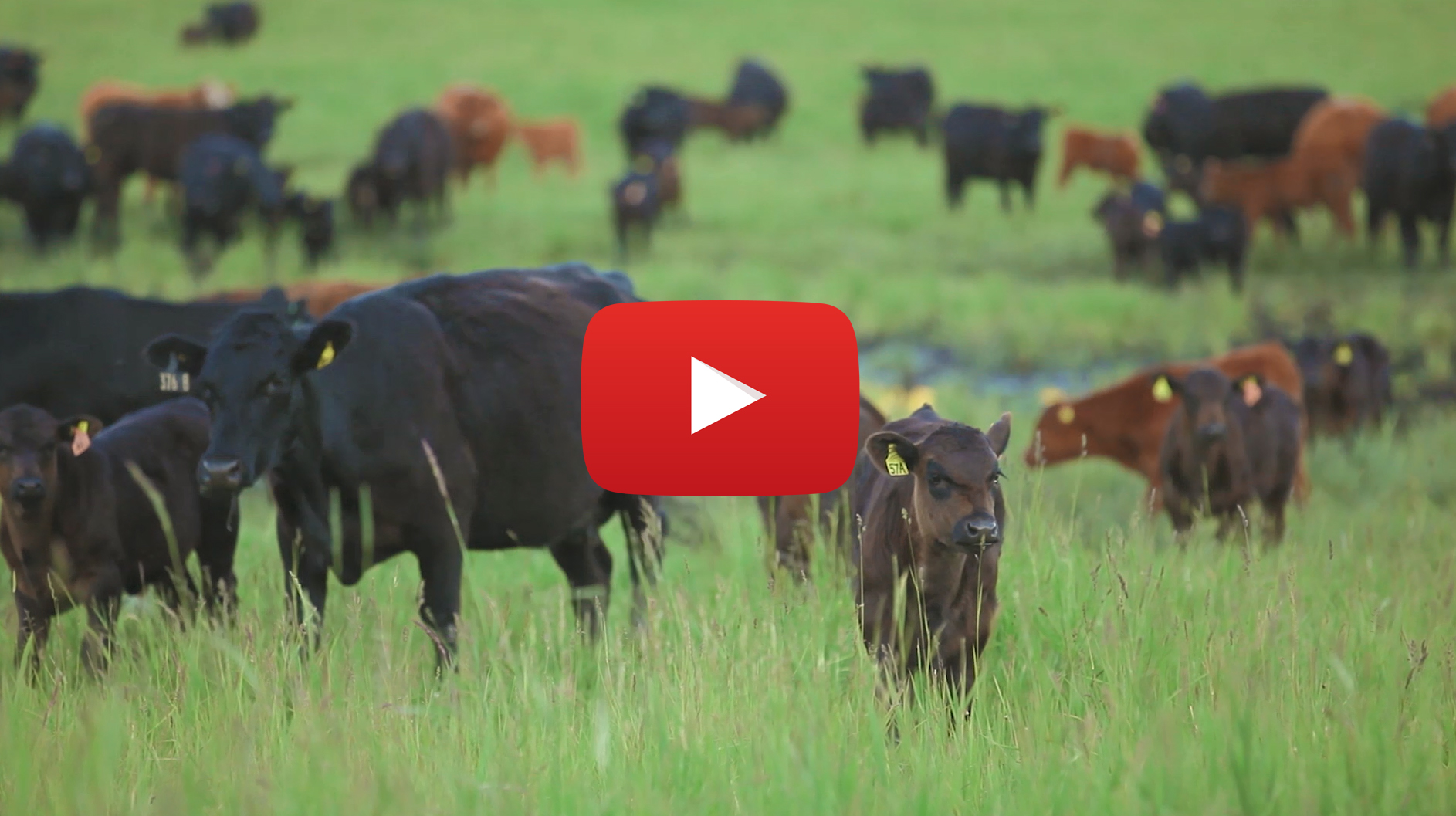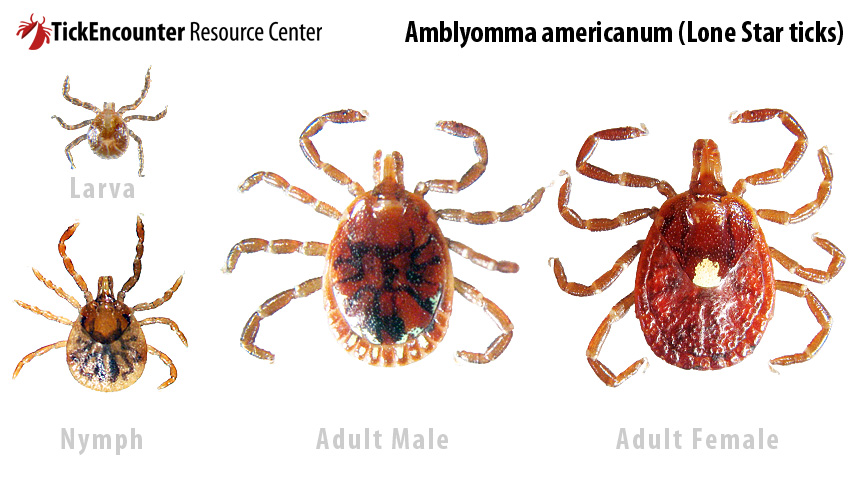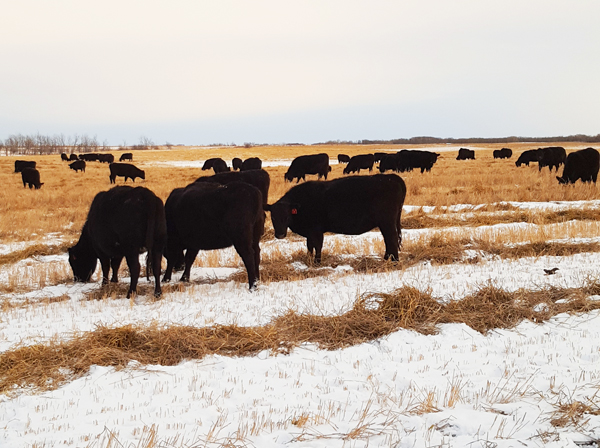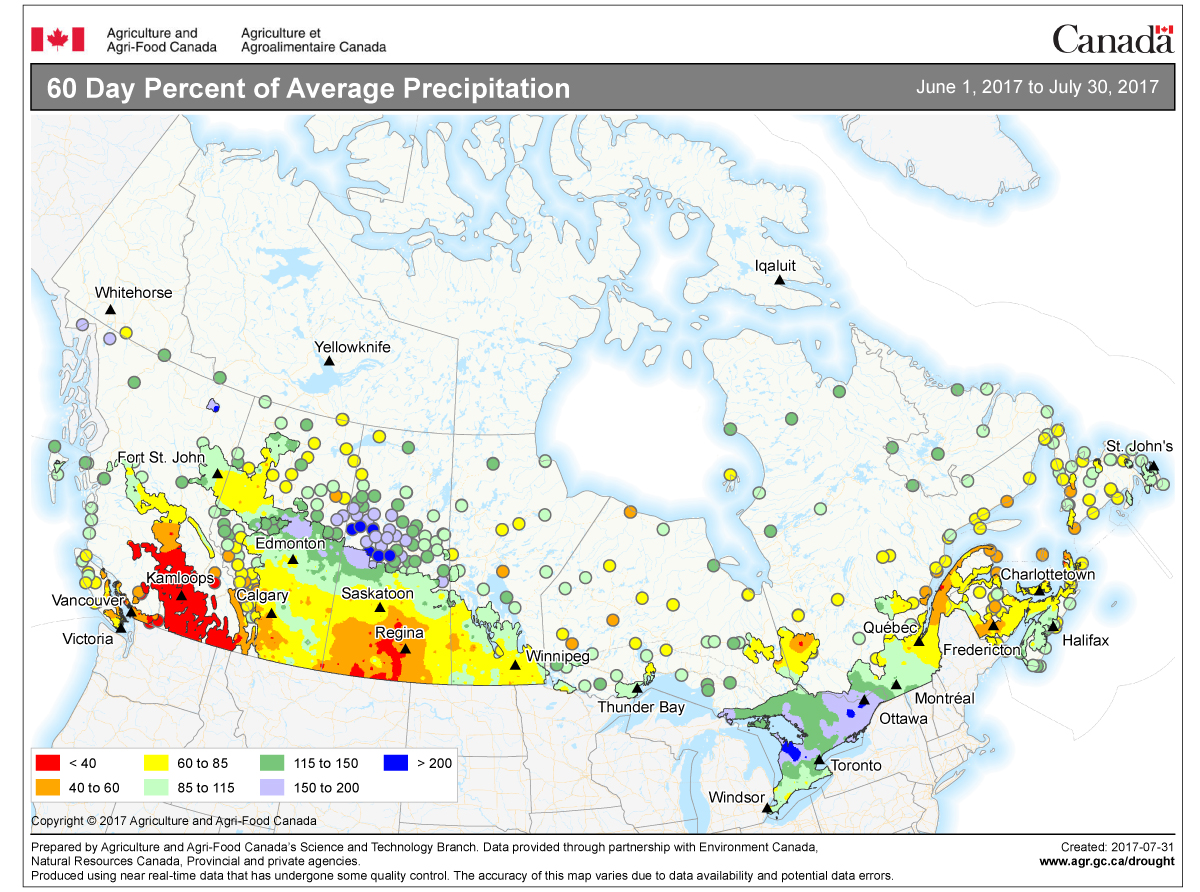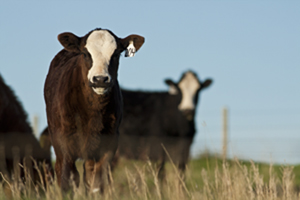Top 10 Blog Posts of 2017
Remarque : cette page web n’est actuellement disponible qu’en anglais.
This past year we published 70 blog posts that offered production tips and decision tools, provided a science-based perspective on issues in the media, highlighted new beef, cattle and forage research projects and results, and announced other exciting initiatives. Of those, these were the top 10 most popular:
10) The Canadian beef industry’s water footprint is shrinking
New research funded by the Canadian Beef Cattle Check-Off and Canada’s Beef Science Cluster found that producing 1 kg of Canadian beef in 2011 used 17% less water than it did in 1981. Continued improvements in production practices and advancements in technologies improves productivity and efficiency while reducing environmental footprint.
9) Based on 2017 calf prices, how much did last summer’s cows in ideal condition earn?
This article highlights the difference in value between a calf crop from a herd of cows in ideal condition versus a herd with some thin cows. Different scenarios were run using the online productivity tool and this fall’s calf prices. The scenarios can also help producers decide whether to segregate cows that need extra attention over the winter.
8) New video: what beef producers need to know about environmental footprint
The beef industry has a good story to tell when it comes to the environment. The industry’s environmental footprint is shrinking and recognition of the positive impacts of beef production are growing. But, as is true with all industries, there are opportunities for improvement. This short video featured producers striving to increase efficiency and reduce their environmental footprint, and may offer some tips others can use on their own operations.
7) A Canadian perspective on the red meat allergy
Earlier this year, popular media reported on a tick that can cause people to become allergic to red meat. We asked Shaun Dergousoff, PhD, an Agriculture Agri-Food Canada researcher who specializes in tick populations, for his perspective and whether Canadians are really at risk.
6) Another look at the costs and benefits of swath grazing
Well managed swath grazing has both economic and environmental benefits. This article reviews a Beef Science Cluster funded project that looked at greenhouse gas emissions from swath grazing vs. confined feeding.
5) 3 tips for swath and bale grazing
A summary of key points made during a webinar that gave both an Eastern and Western Canadian perspective on swath and bale grazing. It includes specific tips that can help producers manage winter grazing.
4) The BCRC is asking for more money from cattle producers. Here’s why.
With an increase in the Canadian Beef Cattle Check-Off being proposed, Bryan Thiessen, Chair of the BCRC, explained how additional funds directed towards research will be used. This article also outlines why the increase is being proposed now.
3) Drought management strategies
When most of Western Canada experienced severe drought this summer, we shared a list of resources to help producers manage their cattle and pastureland during this stressful time. Although most of the resources apply in the summer months, winter feeding strategies are included as well.
Pain control products are now more common and accessible. This article explains a survey conducted by researchers at the University of Calgary faculty of Veterinary Medicine. It looked at what producers consider to be painful procedures. It found that of the producers who started using pain control on their operation, none of them reverted back to performing procedures without it.
1) Copper deficiency takes heavy toll
Meet Garret Hill, a cow-calf producer from central Saskatchewan who faced the problem of declining conception rates. Garret couldn’t figure out what was wrong; his cattle had plenty of feed, water, and a mineral mix available to them.
It came down to copper deficiency. His water was high in sulfate and his grass was high in molybdenum, both of which bind copper and prevent it from being used by the animal. Garret’s story is a reminder of the value of testing water quality.
Click here to subscribe to the BCRC Blog and receive email notifications when new content is posted.
The sharing or reprinting of BCRC Blog articles is welcome and encouraged. Please provide acknowledgement to the Beef Cattle Research Council, list the website address, www.BeefResearch.ca, and let us know you chose to share the article by emailing us at info@beefresearch.ca.
We welcome your questions, comments and suggestions. Contact us directly or generate public discussion by posting your thoughts below.


